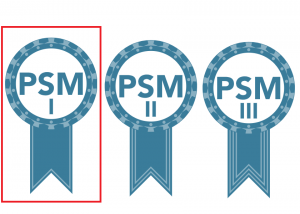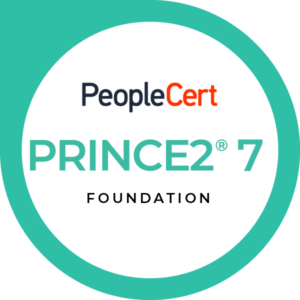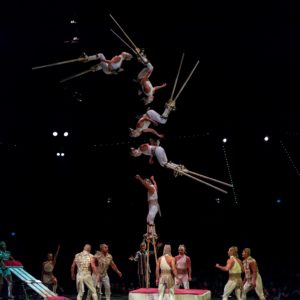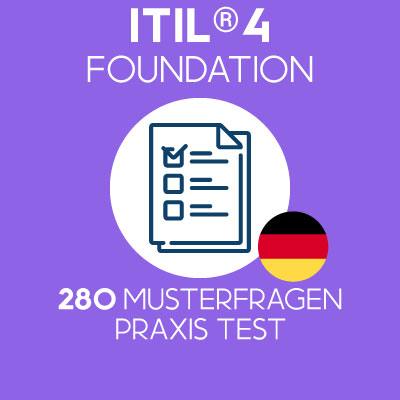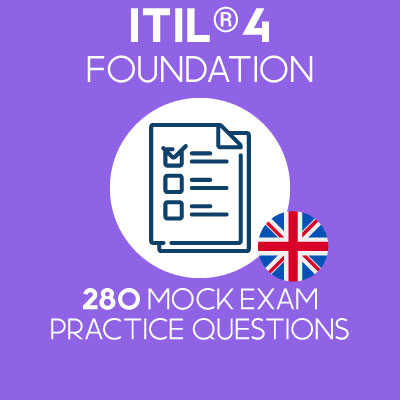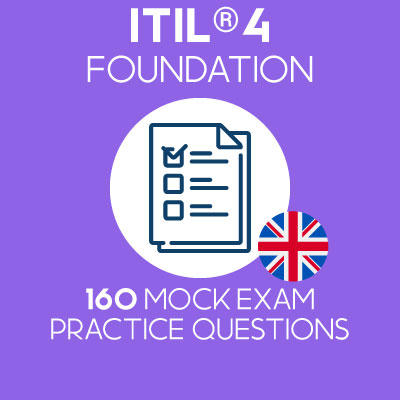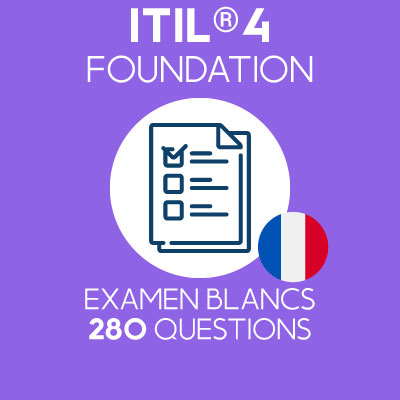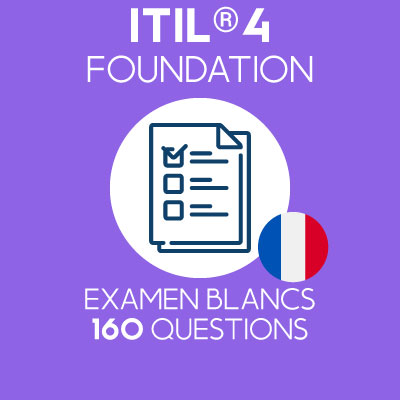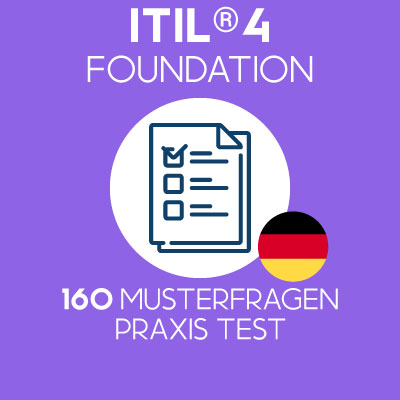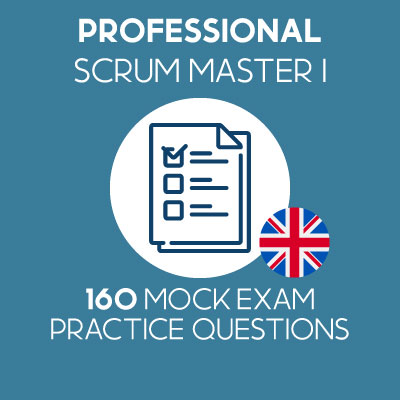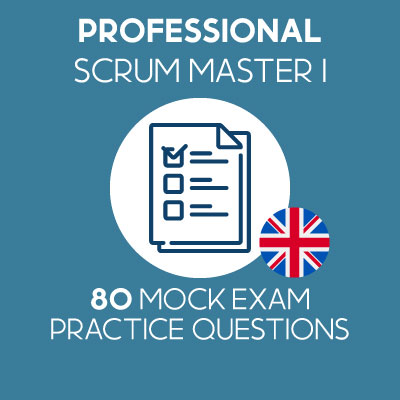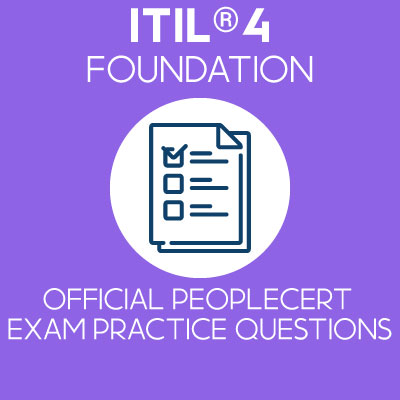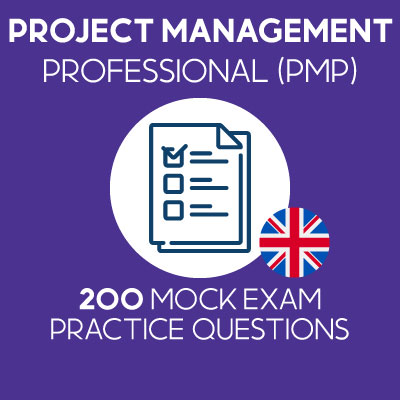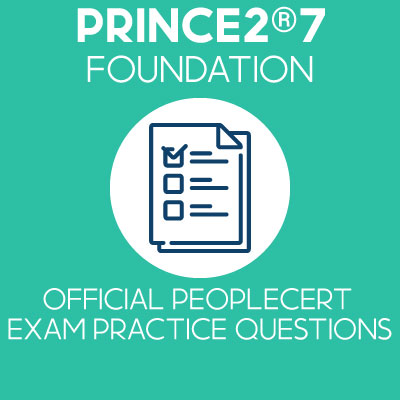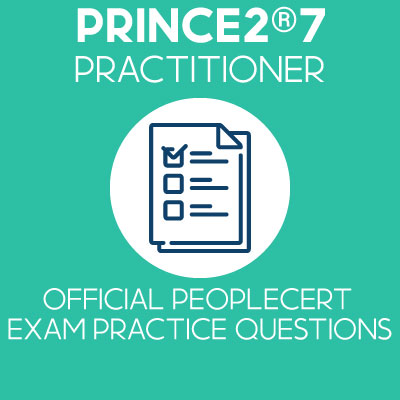The OKR buzzword is everywhere those days… Discover in this post what OKRs are, how they are set up and why they are so powerful!
Table of Contents
What does OKR stands for and what are OKRs made of?
The OKR acronym stands for Objective and Key Results. As its name implies, an OKR contains two parts:
- The first one states the objective (What we want to reach)
- The second is the key results (How we will reach the objective)
While the objective does not contain a numeric value, the key results are expected to have a number attached to them.
How do OKRs works in practice?
See below an example of a Q2 2022 OKR for our own company Value Insights. Note that we specialize in the Agile and IT Service Management consulting and education business.
OKR #1 – Grow Value Insights online presence (this is our goal)
- Key Result #1: Increase number of site users on the Value Insights by 10% compared to last quarter (one way to measure we get to our goal)
- Key Result #2: Reach 800 LinkedIn followers (another way to measure that we get to our goal)
- Key Result #3: Reach 4600 YouTube subscribers (another way…)
- Key Result #4: Publish a new blog post every week (and so on…)
- Key Result #5: Post on LI and Facebook once a week (and on…)
Note that the objective is simple for everyone to understand and that it does not have any number attached to it. The key results are here to ensure that we reach the objective and have a number attached to them.
It is that simple!
Why should we use OKRs?
OKRs can help individuals, groups and organization to set up goals and measure how far or how close they are in reaching them. It creates visibility, transparency and focus to the organization and its members.
The benefits of OKRs are their short timescale (allows room for change during the year), the numerical values attached to the key results (you mean them or you do not).
Overall, OKRs foster discipline, encourage experimentations and breaking down large goals into manageable pieces.
What is a timeframe for an OKR?
While companies can have yearly OKRs, the common time frame at individual and group level is of 3 months.
How are OKRs set up?
OKRs are set up in a collaborative value creation process with the people executing the OKRs and the one(s) managing those people. There is an element of negotiation between what the employee (or group) want to do and what the manager (or organization) want their “subordinates” to do.
The key results should be within the reach of the person(s) in charge of attaining them but should be challenging as well. Meaning that one should never be 100% sure of reaching an OKR by the time they are set up. A good OKR is considered met when the key results have reached 80% of their numeric values.
OKRs within a company should be visible at all levels – this is the case at Google where every employee can see each other OKRs (and their previous ones with ratings) up to the CEO.
By looking at the OKRs of an entire organization, there should be a good sense of the company strategy and the tactics it implements. By aggregating OKRs bottom up, it give a good sense of the major initiatives going on in the company. By going through the OKRs top down, one can see how the strategy of the company will be executed – although not every OKR directly relate to the company’s strategy.
How many OKRs should there be for a person or group?
3 to 5 OKRs per person or group are considered a good target. Above that there are too many priorities to chase and people are spread out too thin. Remember that there also can be daily activities and tasks to complete in addition to the OKRs to be achieved!
How does OKRs work in Scrum?
OKRs are often conflated with Agile methodologies and frameworks but they have distinct origins – OKRs coming from the 1970s (with a formalization in 1983) while Agile is from the end 1980s to 1990s (with a formalization in 2001, the Agile Manifesto).
There is a common nature in Agile and OKRs in relation to short term goals and pursuing them. In both cases, we assign a goal to reach in a short period of time with OKRs describing the results we want to achieve but not how to get there. Once the goal is achieved, we check its impact and decide on what to do next. This is an iterative and incremental process.
In the case of Scrum specifically, a Sprint time horizon range from 1 week or less up to a month while OKRs time range is of 3 month. OKRs would then be targets that the Scrum team plan to reach within a 3 months period while the Sprints and related Sprint backlog items would describe the what and how to reach those goals. In case the product goal (formerly product vision in Scrum) is clear, this way of working works well – not so in the case if the Scrum team is still unclear about the value that the product they develop should offer.
How does OKRs work in SAFe?
There is little guidance on how OKRs should work in SAFe besides that Strategic Themes (part of the Portfolio level) are better expressed as OKRs (more info on Scaled Agile website here).
In reality and as this article explain, OKRs can be present at individual, team, team of teams, functions, groups and above till CEO level.
The question is: would it make sense to have OKRs for all of those while we are working in a scaled Agile environment?
You have to see for yourself what makes sense depending on your context.
My personal take on this:
- Individual OKRs in a SAFe environment will not help in building a team and team of teams spirit so they should be avoided
- Agile teams OKRs for a PI period (3 months) might make sense for the team to align and understand what they plan to achieve by the end of the PI. Also a good thing for other teams to understand each other team’s objectives. Beware though of competing objectives or use those OKRs as a principle for not lending help to each other.
- ART OKRs for a PI period can be a good thing, it would describe what the objectives we want to reach in this PI, how will we measure them and therefore lay the ground for justifying (or not) the developments of the Features and Enablers planned for the PIs. At the end of the PI, OKRs are then reviewed and can also be compared against the business outcomes (actual value as rated by the business owners)
Should a Scrum Master have OKRs?
Before we answer this question, it is important to remember the accountabilities and responsibilities of a Scrum Master as described in the Scrum guide – you can have a look at them here.
Now that we are clear about what a Scrum Master is responsible and accountable for, the question is what are the goals that can be assigned to a Scrum Master and how can they be measured?
The two main accountabilities of a Scrum Master are:
- Establish Scrum as defined in the Scrum Guide
- Improve Scrum Team’s effectiveness
Who created OKRs and made them popular?
OKRs are associated with Google – that is why they got famous – but the development of OKRs is generally attributed to Andrew Grove who introduced this framework at Intel. John Doerr is credited to have sold the idea to Larry Page and Sergey Brin in 1999.
What are some fun facts about OKRs?
- Fun Fact #1: It is said that Google employees can see each other OKR and their previous ratings through their agenda/lookup system.
- Fun Fact #2: Although considered part of Google’s DNA, OKRs are said to not weight much in performance evaluation review in Google.
Do you have any other question about OKRs?
If yes, leave us a comment and we would be happy to answer it in this or another article!
Related Blog Posts
Our Mock Exams
-
ITIL 4 Foundation Musterprüfung – 280 Übungsfragen
€ 19,99Original price was: € 19,99.€ 15,99Current price is: € 15,99. -
ITIL 4 Foundation Mock Exam Pack – 280 Practice Questions
€ 19,99Original price was: € 19,99.€ 15,99Current price is: € 15,99. -
ITIL 4 Foundation Mock Exam Pack – 160 Practice Questions
€ 15,99Original price was: € 15,99.€ 9,99Current price is: € 9,99. -
ITIL 4 Foundation Pack Examens Blancs – 280 Questions
€ 19,99Original price was: € 19,99.€ 15,99Current price is: € 15,99. -
ITIL 4 Foundation Pack Examens Blancs – 160 Questions
€ 15,99Original price was: € 15,99.€ 9,99Current price is: € 9,99. -
ITIL 4 Foundation Musterprüfung – 160 Übungsfragen
€ 15,99Original price was: € 15,99.€ 9,99Current price is: € 9,99.
Most Popular Posts
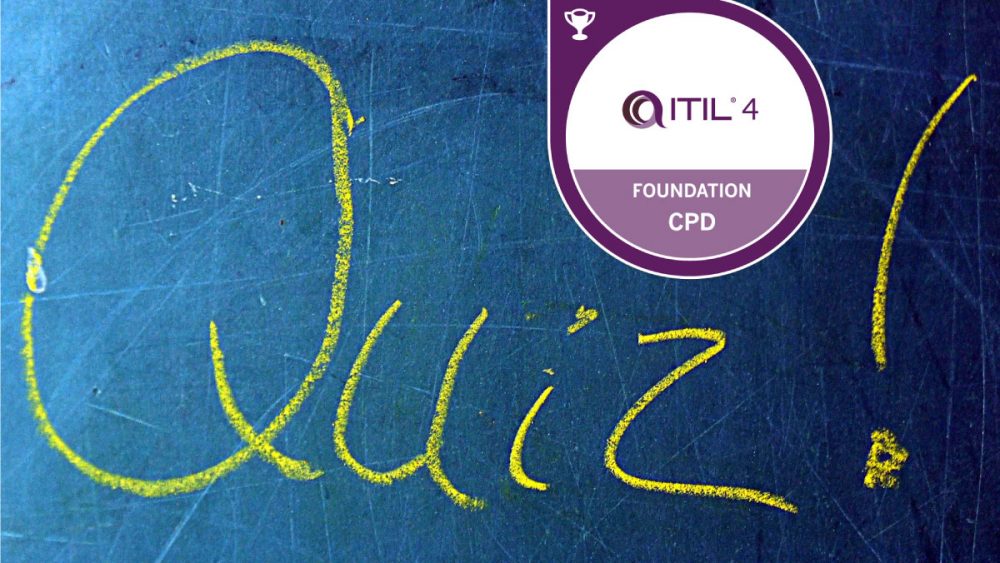 Are you ready to pass the ITIL®4 Foundation exam?... 215.2k views | 111 comments
Are you ready to pass the ITIL®4 Foundation exam?... 215.2k views | 111 comments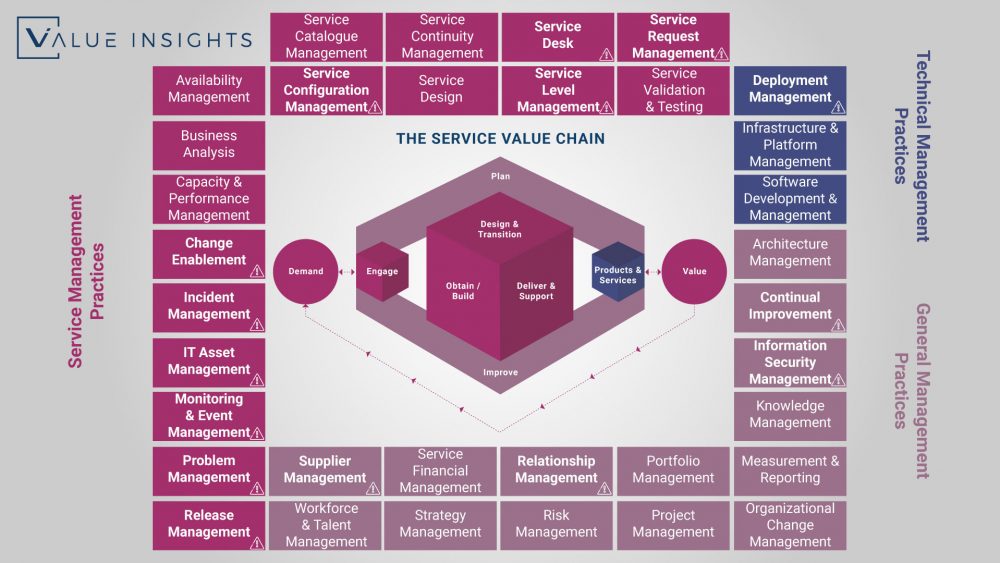 The ITIL 4 Practices Overview 88.3k views | 1 comment
The ITIL 4 Practices Overview 88.3k views | 1 comment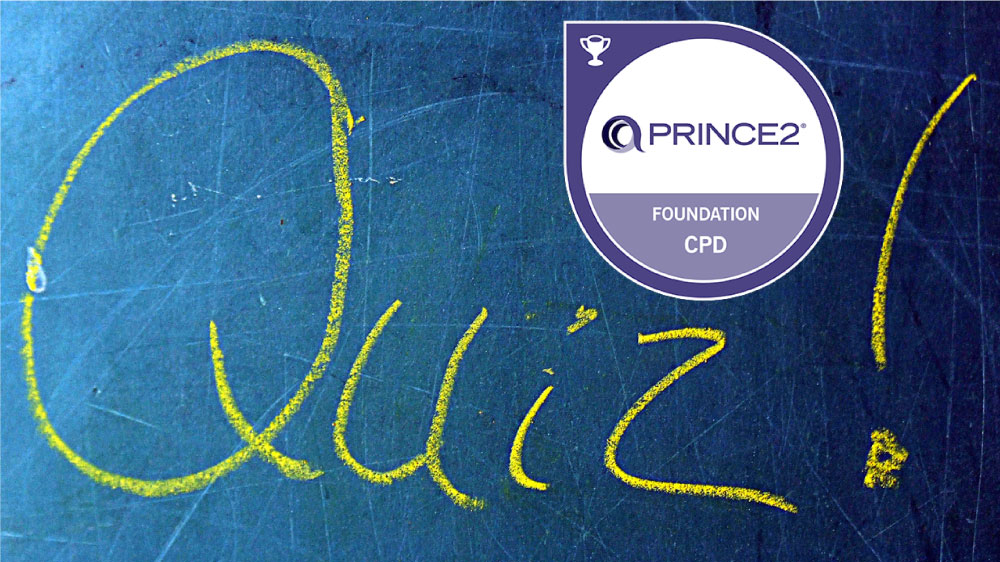 Ready for PRINCE2 Foundation? Check this 40 FREE s... 42.8k views | 24 comments
Ready for PRINCE2 Foundation? Check this 40 FREE s... 42.8k views | 24 comments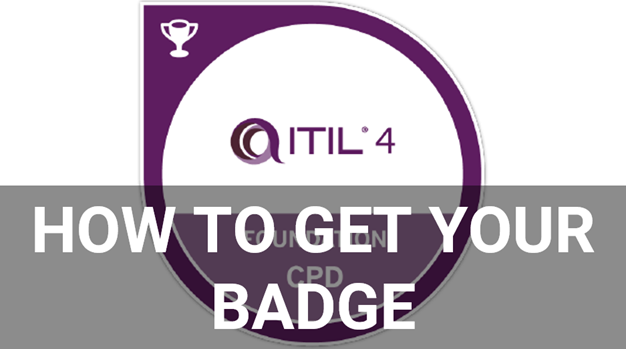 How to get the ITIL 4 Foundation Digital Badge 36.2k views | 11 comments
How to get the ITIL 4 Foundation Digital Badge 36.2k views | 11 comments Are you ready to pass the ITIL®4 Foundation exam?... 35.7k views | 0 comments
Are you ready to pass the ITIL®4 Foundation exam?... 35.7k views | 0 comments


